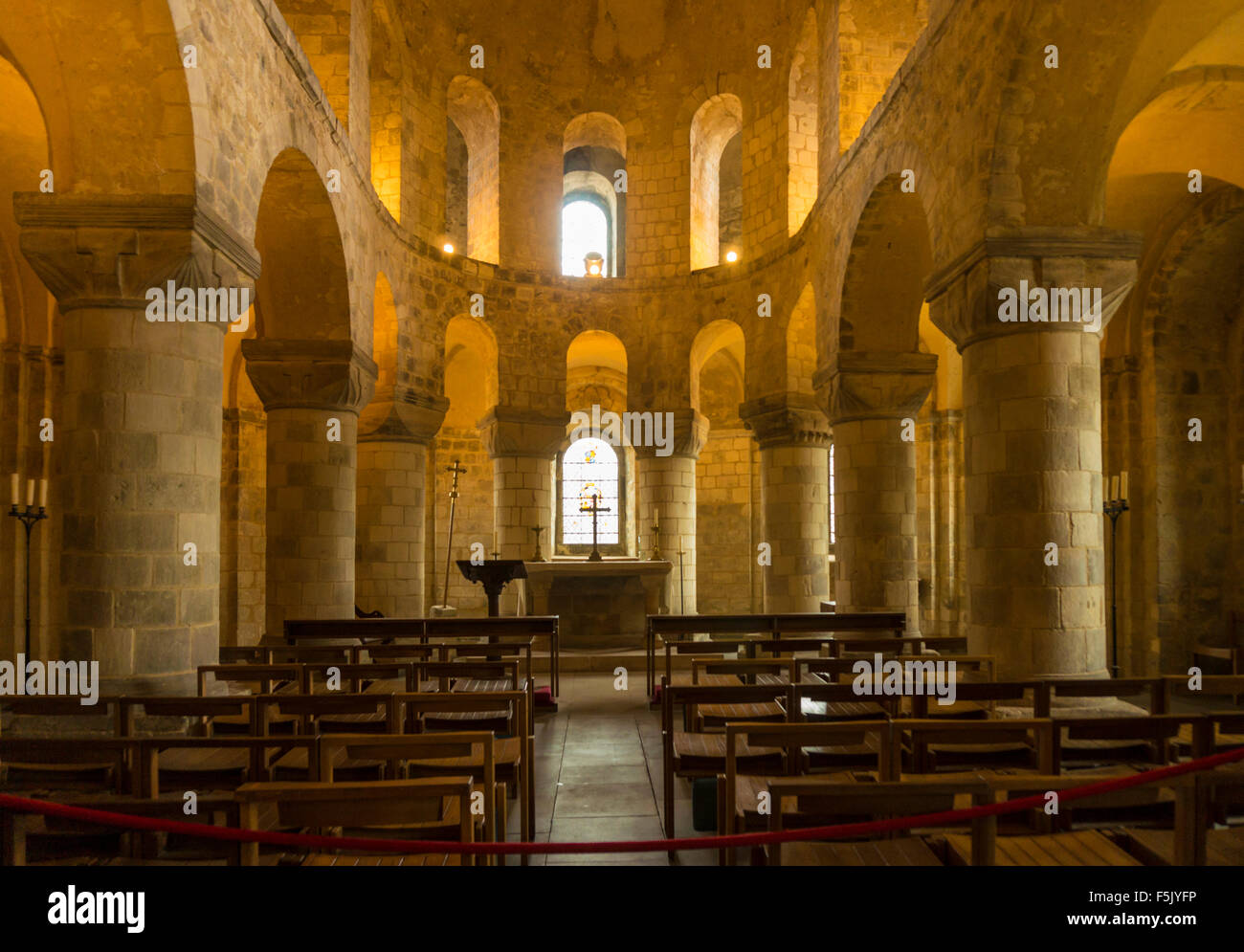

The Yeomen Warders, also known as Beefeaters, guard the Tower of London.

Shown in an exhibit called the “Line of Kings,” a show at the tower that first started more than 300 years ago, it features such items as a life-size wooden horse carved about 1690 and a set of armor, gilded with gold, created for Charles I around 1612. The tower also contains an impressive collection of armor, which is a treasure unto itself. “Apart from the three steel coronation swords (the Swords of Temporal Justice, of Spiritual Justice and of Mercy), this is the only piece that survived the destruction of the pre-Civil War Regalia in 1649-50.” “The oldest piece of the Regalia is the 12th century gold Anointing Spoon, used to anoint the Sovereign with holy oil,” writes a team of researchers on the official Tower of London website. Much of the royal regalia were destroyed in the mid-17th century when England became a republic for a brief time. A new jewel house was built against the south side of the White Tower in 1508. The remaining treasures were brought to the tower, which was the most heavily fortified spot in London, for safekeeping. Porter notes that the use of the tower as a repository for royal treasure began in earnest in 1303, when a number of treasures were stolen from the Abbey of St.

The jewels include the crowns worn by the monarch at coronation and at the opening of Parliament. Today, the crown jewels are one of the most popular attractions at the Tower of London. The last prisoner of note to spend time in the tower was Rudolf Hess, Hitler’s deputy, who fled to Scotland in 1941 and was sent to the tower briefly until he was transferred. In the late 18th and 19th centuries, the tower was used less commonly for prisoners.

This done, they fastened the bar with a pin to prevent it slipping and then, removing the wicker steps, they left me hanging by my hands and arms fastened above my head.” (Source: Tower of London website) My arms were then lifted up and an iron bar was passed through the rings of one gauntlet, then through the staple and rings of the second gauntlet. “Then they put my wrists into iron gauntlets and ordered me to climb two or three wicker steps. He later escaped and survived to tell a tale of being tortured in what appears to be the basement of the White Tower. One of the best descriptions of torture comes from John Gerard, a Jesuit who was imprisoned in 1594 during a time of religious upheaval. In some cases, they were even allowed to have servants at the tower and leave the castle at times. The history of torture at the Tower of London is a popular subject however, Porter notes that many of the prisoners, particularly those of noble birth, were treated well. He notes that Venetian ambassador Nicolo Molin wrote that “for two successive days he underwent the most excruciating torture without saying anything except that the conspirators were twelve in number, whose names he would not mention.” Fawkes was executed not long afterward. “The king authorised the use of torture on Fawkes, with ‘gentler methods’ to be used first and, if he did not co-operate, more brutal ones later,” writes historian Stephen Porter in his book " The Tower of London: The Biography (opens in new tab)" (Amberley Publishing, 2012). He was imprisoned in the tower and tortured. Henry VIII, who turned England into a Protestant country, also had a number of dissenting clergyman committed to the tower and later killed, including his former counselor Thomas More.Īnother notable prisoner was Guy Fawkes, who in 1605 attempted to blow up the House of Lords and the monarch by detonating gunpowder in the cellars below. Two of Henry VIII’s wives, Anne Boleyn and Katherine Howard, were both imprisoned and later executed. They appear never to have left the tower alive and some thought they were killed by Richard III, their uncle who took the throne for himself. Prisoners included Lady Jane Grey, who was queen for about a week in the 16th century before she was deposed by Mary I.Īlso imprisoned there were two princes, Edward and Richard, ages 12 and 9, who were the sons of Edward IV (died 1483). Throughout its history the tower was used to imprison a wide range of prisoners, from deposed monarchs to more common criminals.


 0 kommentar(er)
0 kommentar(er)
